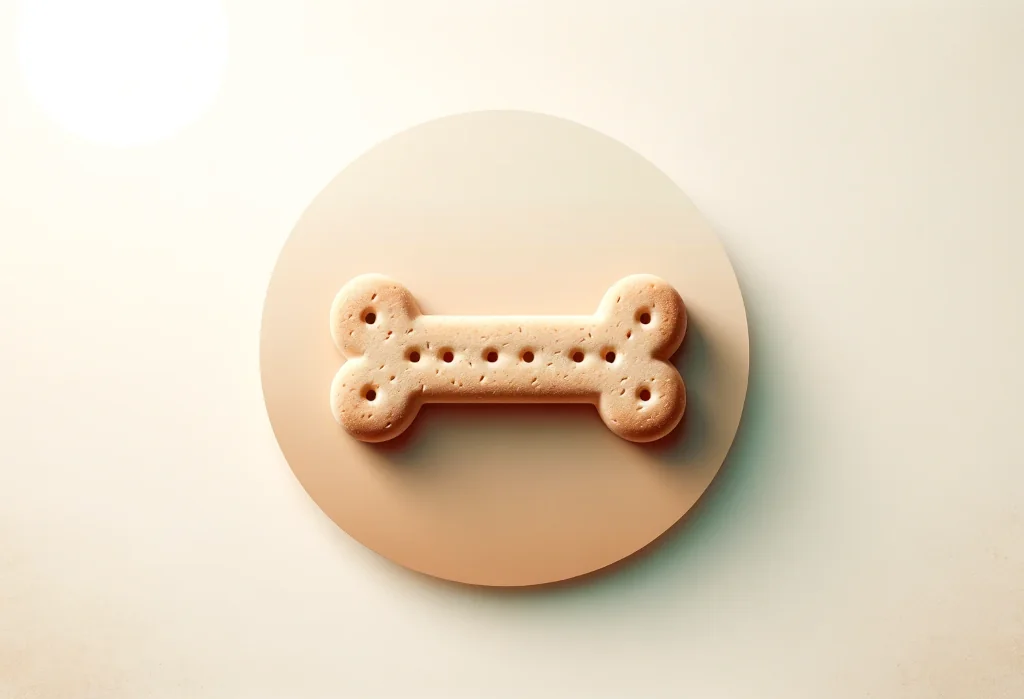
Absolutely tired of coming home to find yet another pillow shredded or shoe gnawed on by your restless pup? Picking the right edible chew toy can be the game-changer you need. In this blog post, you’ll learn exactly what to keep in mind to ensure you choose not just any chew toy, but the right one for your furry friend.
Quick Takeaways:
- Choose chew toys that match your dog’s size and chewing habits to prevent choking hazards and ensure they’re engaging.
- Opt for natural, high-quality ingredients in edible chew toys to promote dental health and avoid unnecessary additives.
- Regularly inspect chew toys for damage and replace them to keep your dog safe.
Why Are Edible Chew Toys a Must for Your Dog?
Let’s chew over the benefits of edible chew toys for a sec. First off, they’re a total win-win for your pup’s dental health. Gnawing on these toys helps scrape away plaque, keeping those pearly whites, well, white. But it’s not just about the teeth; these chewable delights are also fantastic for your dog’s mental wellbeing. Ever noticed how a good chew session seems to whisk away your dog’s anxiety? Yep, it’s a stress-buster alright.
And here’s the clincher: by giving your furry friend something acceptable to chew on, you’re saving your shoes and furniture from becoming their next victims. It’s a preventive measure against destructive chewing that could save you a ton of hassle (and money) in the long run.
How to Determine the Best Size and Type of Chew Toy for Your Dog
Picking the perfect chew toy is a bit like Goldilocks finding the right bed – it’s gotta be just right. Here’s how you can hit that sweet spot:
-
Size Matters : If the toy is too small, it’s a choking hazard. Too big, and your dog might not be interested. A good rule of thumb is to choose a toy that’s big enough that your dog can’t fit the whole thing in their mouth at once, but not so large that they can’t comfortably chew on it.
-
Texture and Durability : Soft and squishy, or tough as nails? Well, it depends on your dog’s bite. Puppies and older dogs might prefer something softer to chew on, while vigorous chewers need something that can take a beating. Rubber toys are great for beginners, but as your dog’s chewing skills advance, you might want to opt for harder materials.
-
Breeds and Chewing Behavior : Not all dogs chew the same way. For instance, a Labrador might demolish a toy that would last a Chihuahua a lifetime. Observe how your dog chews and choose toys that match their intensity and style.
A quick tip that’s often overlooked: regularly inspect the toys for any damage and replace them before they become a hazard to your dog. Safety first!
Ingredients to Look For and Avoid in Edible Chew Toys
Navigating the ingredients of edible chew toys doesn’t have to be a chore. Here’s a simple breakdown of what to embrace and what to dodge:
Ingredients to Look For:
- Natural Animal Products: Look for chews made from single-ingredient, high-quality animal products like rawhide, bully sticks, or tendon. These not only keep your dog engaged but are often healthier alternatives to heavily processed snacks.
- Vegetables : Believe it or not, some fantastic chew toys are made from vegetables. Sweet potato chews, for instance, are a hit with many pooches and provide a rich source of vitamins.
- Dental Additives : Some chew toys are infused with ingredients that promote oral health, like enzymes that help break down plaque.
Ingredients to Avoid:
- Chemical Preservatives and Artificial Colors: These additives don’t contribute anything positive to your dog’s health and, in some cases, might even be harmful. Avoid chews that list these unnecessary additives.
- Excessive Fats and Sugars: Just like in human food, these ingredients can lead to weight gain and other health issues in dogs. They’re not needed in a chew toy and are best avoided.
Here’s a unique insight you won’t find just anywhere: Pay attention to the country of origin. Products sourced and produced in countries with strict quality control regulations, such as the USA, Canada, New Zealand, and Australia, tend to have higher safety standards. Checking this can offer an additional layer of assurance about the product’s quality and the safety of its ingredients.
Remember, when in doubt, consult your vet, especially if your dog has specific dietary needs or allergies. They can provide personalized advice that’s tailored to your dog’s health requirements.
Understanding Your Dog’s Chewing Habits
Deciphering your canine companion’s chewing patterns may feel a bit like solving a mystery, but it’s a crucial step in ensuring they’re engaged, satisfied, and, most importantly, safe. Chewing is a natural behavior for dogs—it helps keep their jaws strong, their teeth clean, and their minds stimulated. Yet, every dog is unique; some may contentedly gnaw on the same toy for months, while others might destroy a supposedly indestructible chew toy in mere hours.
To get to the bottom of your dog’s chewing habits, observe the following:
- Intensity: Does your dog chew with the force of a tiny jackhammer, or are they more gentle, savoring each bite?
- Duration: Is your dog an all-day chewer, or do they have short bursts of chewing activity?
- Preference: Do they favor a particular type of toy or material?
Armed with this knowledge, you can better tailor your selection of edible chew toys, ensuring they’re not only a perfect match for your pup’s preferences but also durable enough to withstand their particular style of chewing.
The Lifespan of Edible Chew Toys: What to Expect
The lifespan of an edible chew toy can vary greatly based on a few key factors: the material it’s made from, the intensity of your dog’s chewing, and how enticing the toy is to them. Generally, you can expect a high-quality edible chew toy to last anywhere from a few hours to several days. Yet, there’s no one-size-fits-all answer. Here’s what you should keep in mind:
- Materials: Toys made from harder materials, like certain types of rubber or nylon, can withstand more vigorous chewing than softer, edible varieties. Edible toys are designed to be consumed, so they’ll naturally disintegrate quicker.
- Dog’s Chewing Habits: Reflect back on the chewing habits you’ve observed. A more aggressive chewer is going to go through toys much faster than a gentle nibbler.
- Safety First: Regularly inspect the chew toys for signs of wear and tear. If pieces are coming off or it’s been gnawed down to a size that could be swallowed whole, it’s time to replace it.
Safety tip: Never leave your dog unattended with a new chew toy until you’re confident it can withstand their chewing habits without breaking apart dangerously.
Are DIY Edible Chew Toys a Good Idea?
Embarking on the DIY route for your dog’s chew toys can be a fun and rewarding experience—it allows for creativity, ensures you know exactly what your dog is chewing on, and can even save you a bit of money. However, it’s not without its pitfalls. Let’s chew over the pros and cons:
Pros
– Customization: You can tailor the chew toy to your dog’s specific likes and needs.
– Cost-Effective: Using ingredients and materials you already have at home can reduce costs.
– Bonding Time: Creating toys for your dog can be a bonding experience for you both, especially if they’re intrigued by what you’re making.
Cons
– Safety Concerns: Without the right materials and knowledge, homemade toys could pose choking hazards or introduce harmful substances.
– Durability: DIY toys might not stand up to tough chewers as well as commercial products designed for durability.
Unique Safety Consideration : One aspect often overlooked is the risk of allergens. When making a toy, be aware of any food allergies your dog has. A seemingly harmless ingredient could lead to an unexpected reaction.
For those interested in giving DIY edible chew toys a try, consider starting simple. Frozen carrot sticks or homemade sweet potato chews can be a great way to introduce safe, edible chew toys without much risk. Always supervise your dog with any new toy and be ready to intervene if necessary.
In conclusion, selecting the right edible chew toy for your dog requires a blend of understanding their chewing habits, knowing the lifespan and limitations of chew toys, and assessing whether DIY options could meet their needs safely and effectively. With these insights, you’re well on your way to keeping your dog happy, engaged, and safely chewing away.
Alex, a passionate animal lover, has experience in training and understanding animal behavior. As a proud pet parent to two dogs and three cats, he founded AnimalReport.net to share insights from animal experts and expand his knowledge of the animal kingdom.




